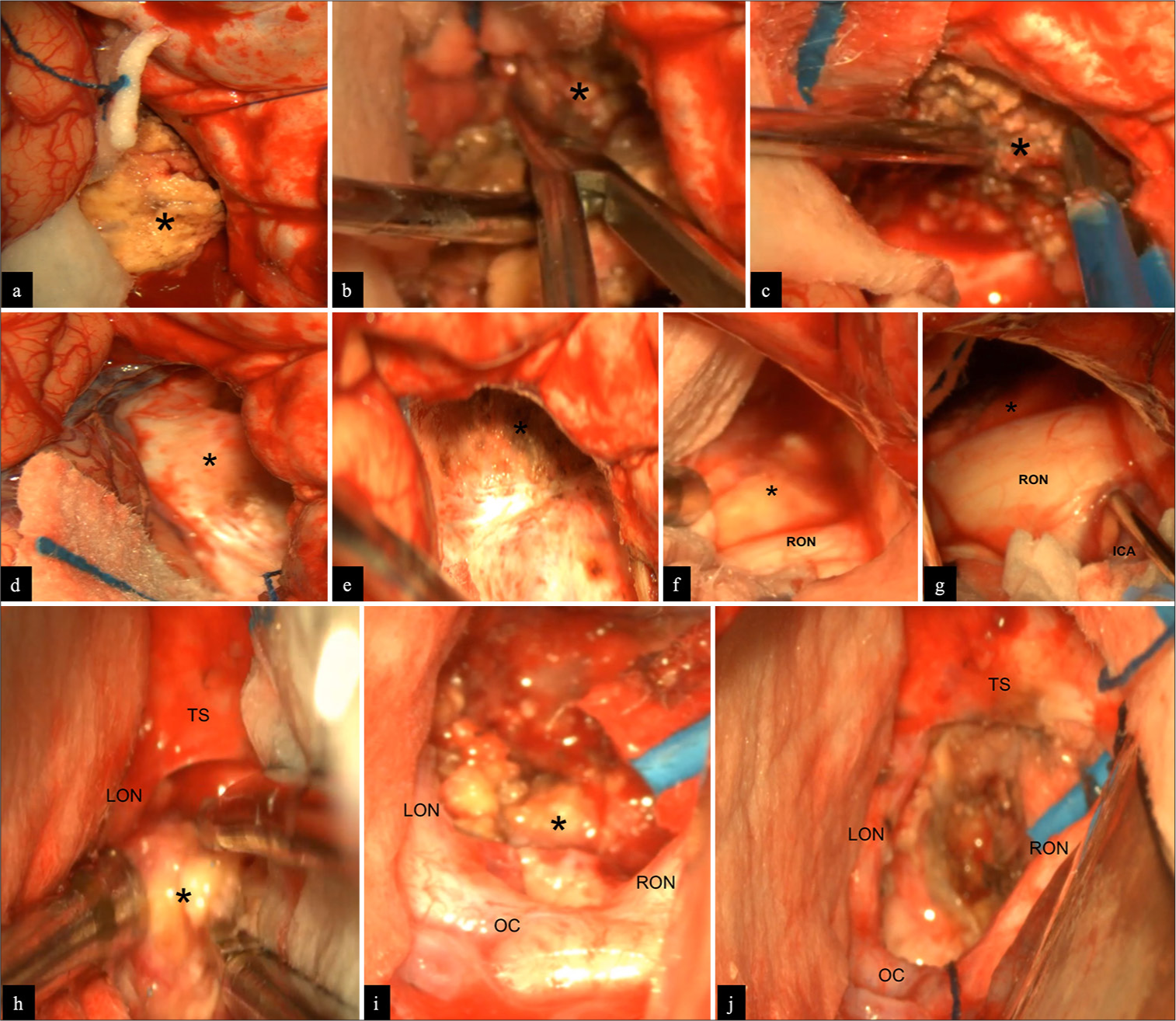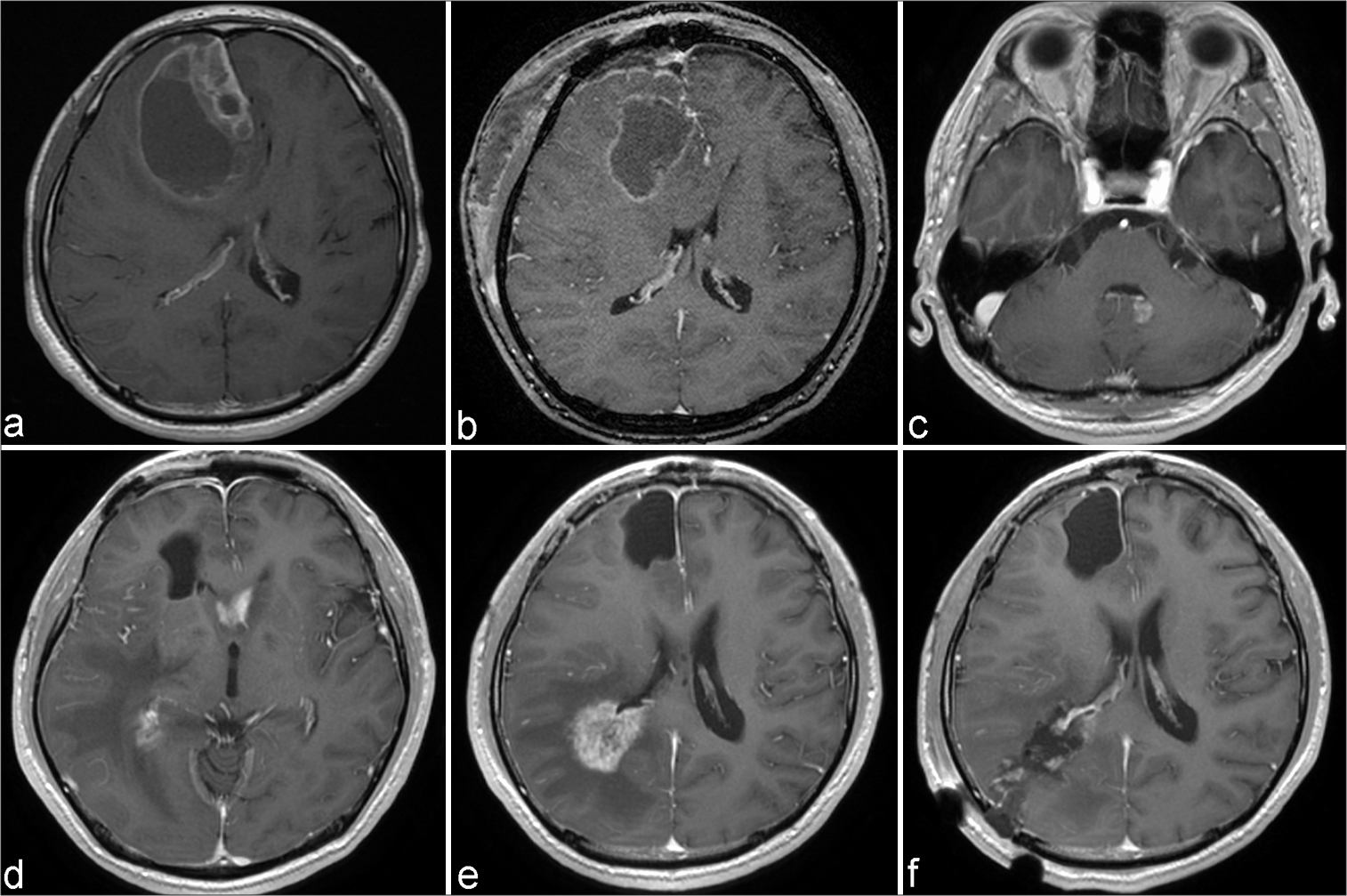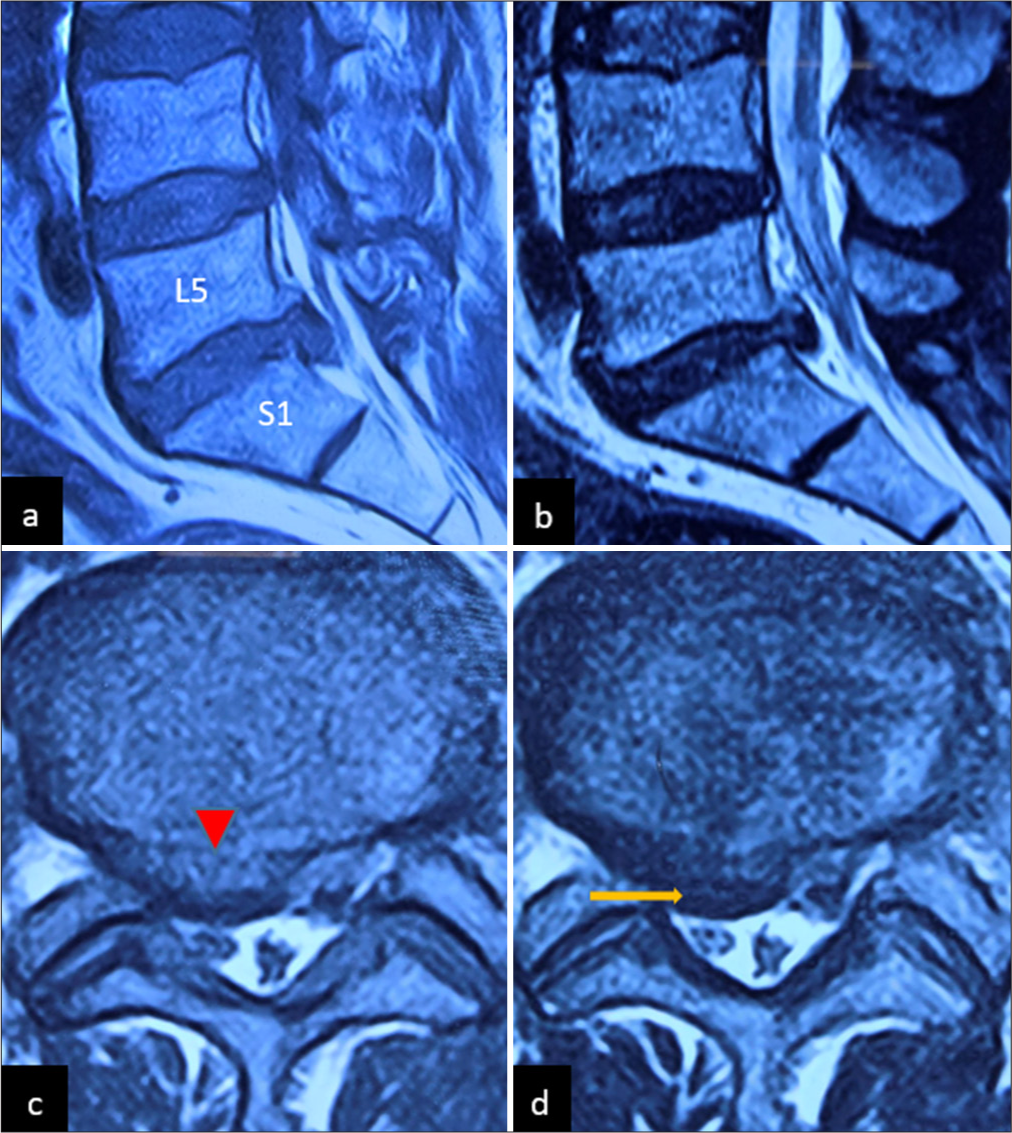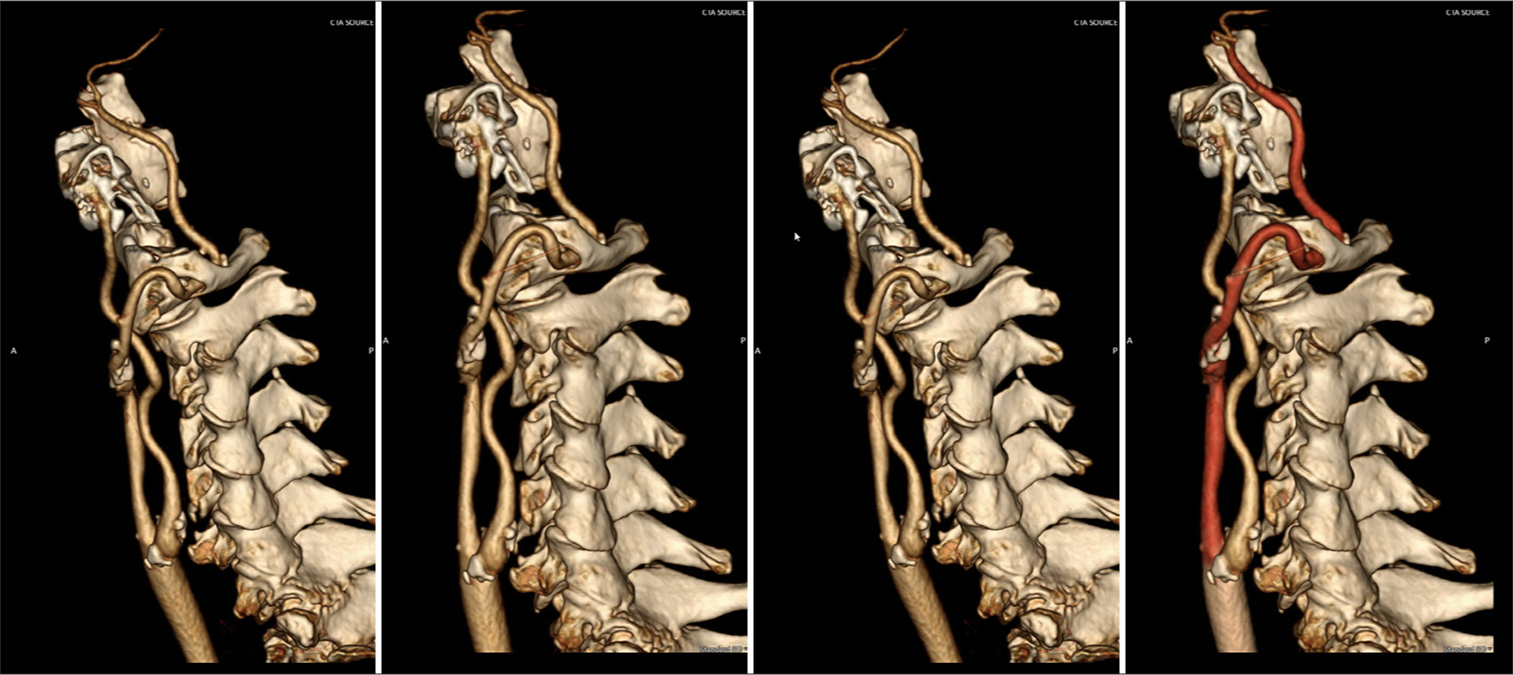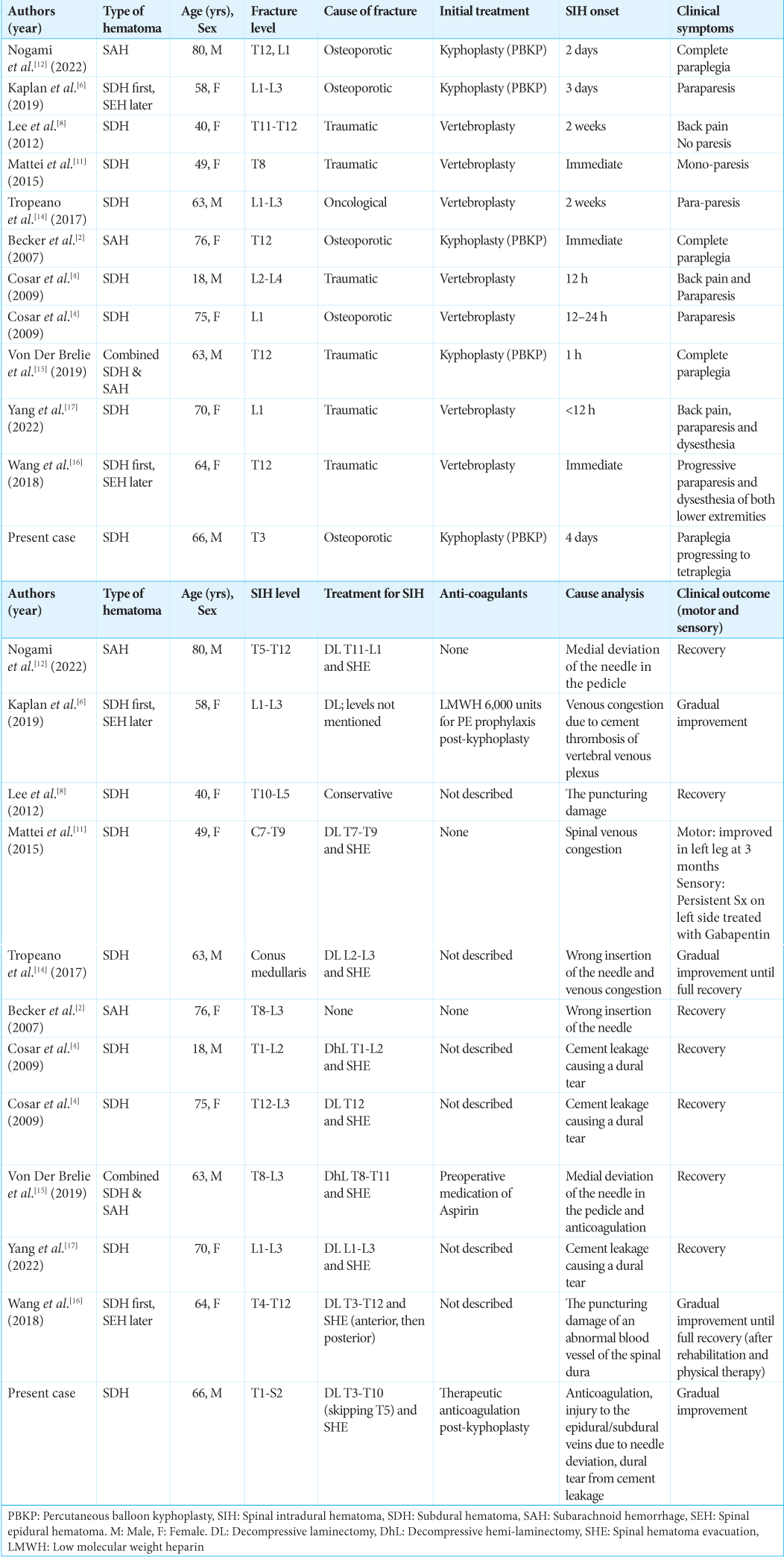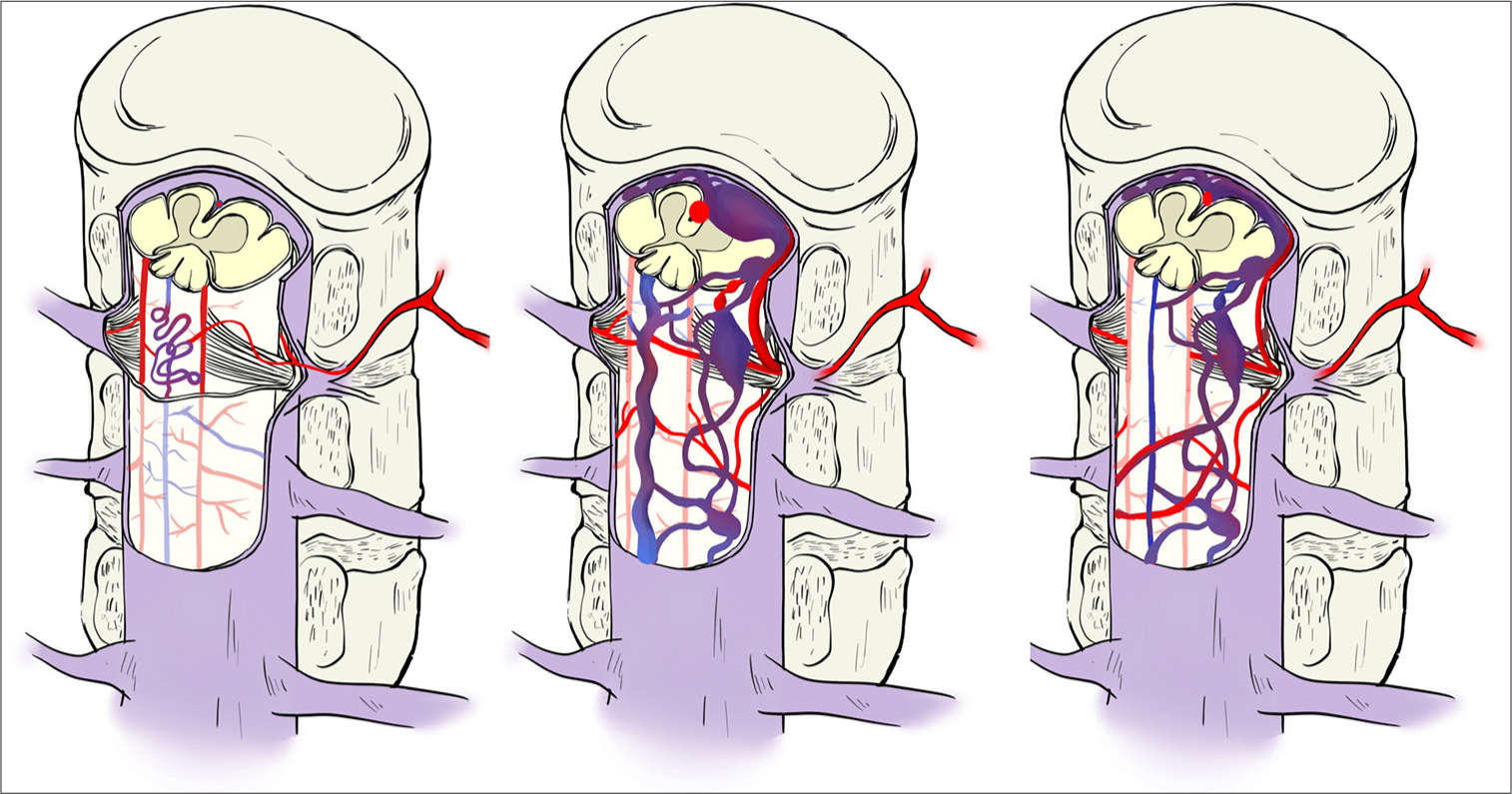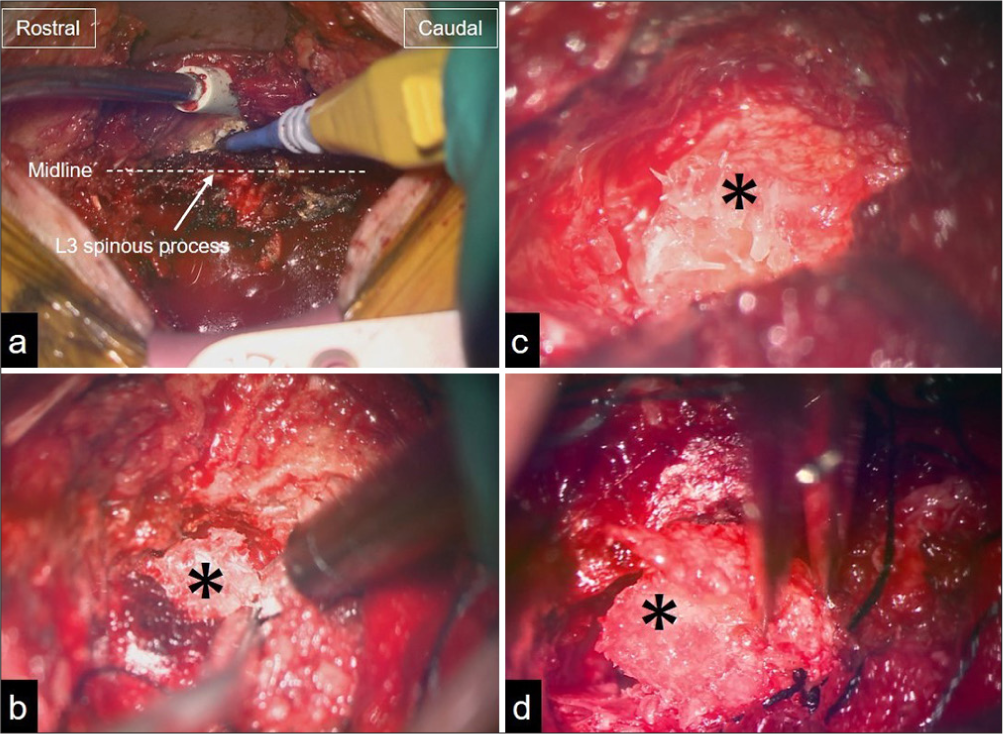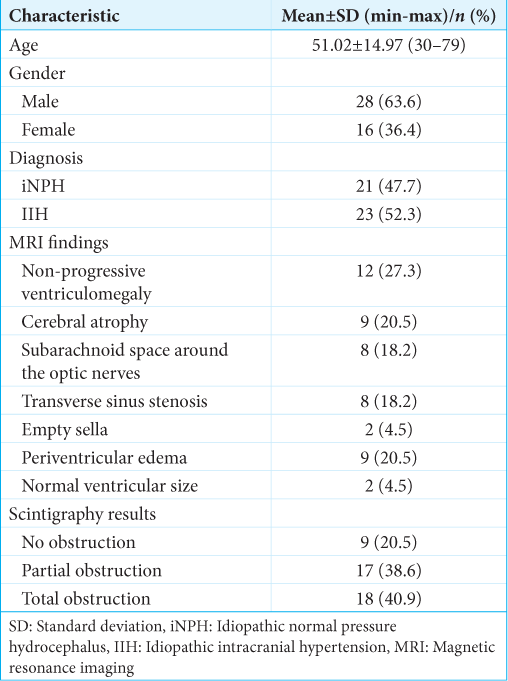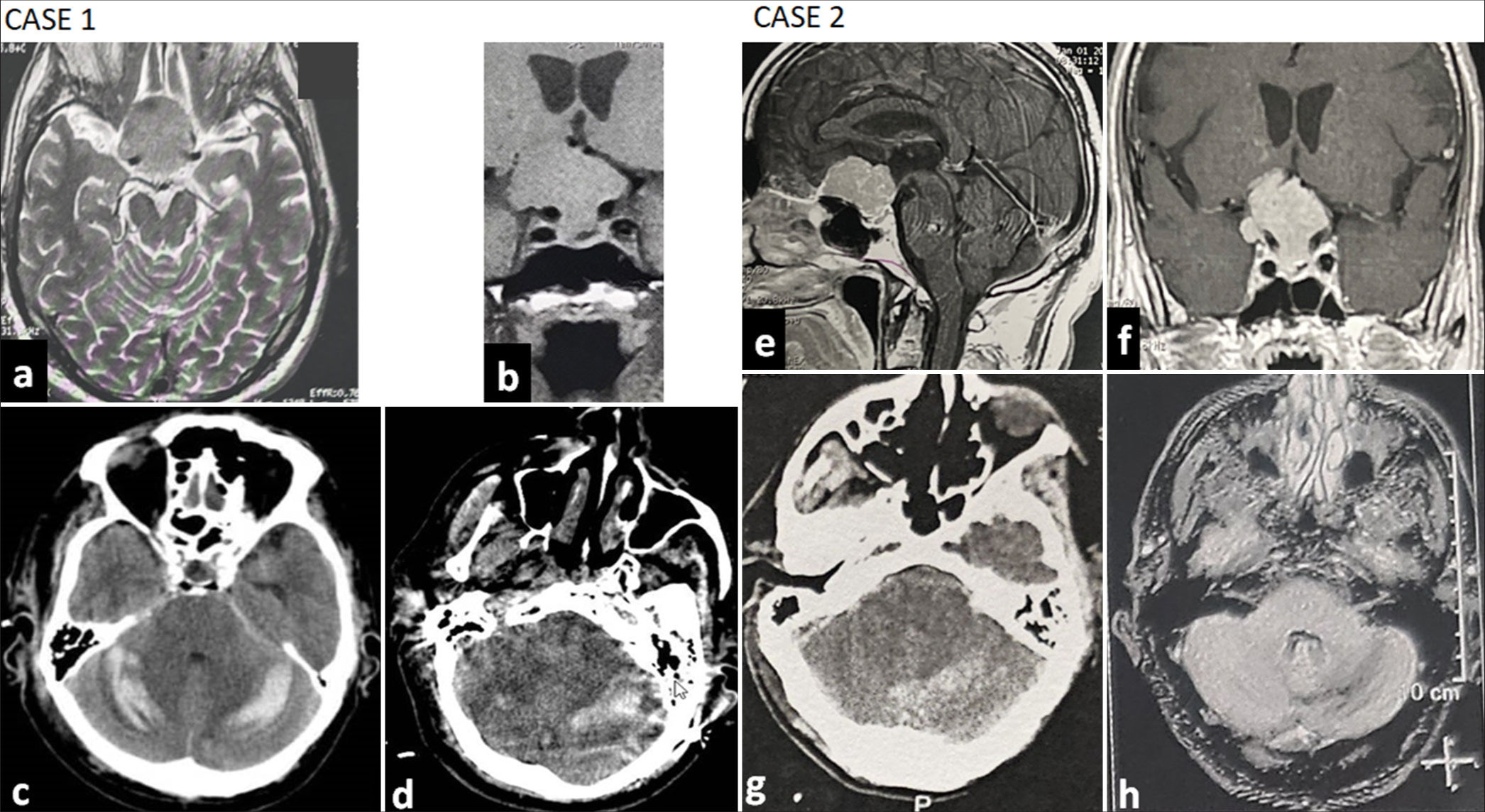Cavernoma of the left ventral striatum, anatomical and microsurgical implications of the ipsilateral transcallosal transrostral pathway
Date of publication: 23-May-2025
Background: Cerebral cavernous malformations are vascular abnormalities of the central nervous system with an incidence of 0.4–0.5% and an annual hemorrhage rate ranging from 0.7% to 1%. The most important and consistent risk factor for rebleeding is a prior hemorrhage, and deep lesions (within the thalamus, basal ganglia, and brainstem) characteristically carry a worse prognosis regarding annual hemorrhage rates (10.6% per patient per year vs 0.4% per patient per year for superficial cerebral lesions) and subsequent neurologic deterioration. The ventral striatum is a difficult region to approach. The conservative treatment and also radiosurgery are not compatible with this kind of lesion, in the virtue of the eloquence and high risk of rebleeding, and the worsening of the perilesional edema, respectively, resulting in a motor deficit.
Erdheim-Chester with central nervous system involvement: Complex histopathological diagnosis and neurosurgical challenges in a rare histiocytic disorder
Date of publication: 23-May-2025
Background: Erdheim-Chester disease (ECD) is a rare non-Langerhans cell histiocytosis classified as a neoplastic hematopoietic disorder. It typically affects adults aged 40–56 years, with a male predominance (2.3–3:1). ECD presents with a wide clinical spectrum, ranging from asymptomatic bone lesions (90% of cases) to severe multisystem involvement, including cardiovascular, pulmonary, and central nervous systems (CNSs). CNS involvement occurs in approximately 50% of cases and is associated with increased morbidity and mortality. The BRAF V600E mutation is found in a significant subset of patients and plays a critical role in diagnosis and targeted therapy.
Diffuse bone-marrow metastasis of grade 4 isocitrate dehydrogenase-mutant astrocytoma associated with hematological abnormalities: Gliomatosis of the bone marrow
Date of publication: 23-May-2025
Background: Diffuse bone-marrow metastasis of high-grade glioma associated with hematological abnormalities is extremely rare.
Conjoined nerve root, epidural varicose vein, and extruded lumbar disc: Triad of refractory sciatica
Date of publication: 23-May-2025
Background: A patient presented with sciatica attributed to a conjoined lumbosacral nerve root, an extruded disc herniation, and epidural varicose veins.
A type II proatlantal artery arising from the external carotid artery: A review of neurovascular anatomy
Date of publication: 23-May-2025
Background: A type II proatlantal artery is a rare congenital vascular anomaly comprised of a persistent embryologic connection between the carotid and vertebrobasilar circulations. Although generally asymptomatic and detected incidentally, its identification is of clinical importance in neurovascular assessments and interventions.
Delayed-onset spinal subdural hematoma after kyphoplasty
Date of publication: 23-May-2025
Background: Spinal subdural hematoma (SDH) is a very rare complication of percutaneous balloon kyphoplasty. Here, a 66-year-old male developed delayed-onset spinal SDH following kyphoplasty.
Treatment of 23 spinal perimedullary arteriovenous fistulas in a single center: A simple and practical treatment strategy
Date of publication: 23-May-2025
Background: The aim of the study is to present our strategy for stratifying patients with spinal perimedullary arteriovenous fistulas (PMAVFs) and apply the appropriate treatment.
A rare case of lumbar intraspinal osteolipoma presenting with a sciatic pain
Date of publication: 23-May-2025
Background: Osteolipoma constitutes <1% of all lipomas. They are only rarely located in the spine. Here, we report an extremely rare lumbar intraspinal osteolipoma, along with a review of its clinical and radiological features.
Diagnostic efficacy of radionuclide scintigraphy in detecting lumboperitoneal shunt obstructions in idiopathic hydrocephalus and intracranial hypertension
Date of publication: 23-May-2025
Background: This study aimed to evaluate the diagnostic effectiveness of radionuclide scintigraphy (RS) in detecting lumboperitoneal shunt (LPS) obstructions in patients with idiopathic normal pressure hydrocephalus (iNPH) and idiopathic intracranial hypertension (IIH).
Posterior fossa hemorrhagic complication after tuberculum sellae meningioma surgery through transcranial corridor: A proposed hypothesis
Date of publication: 23-May-2025


